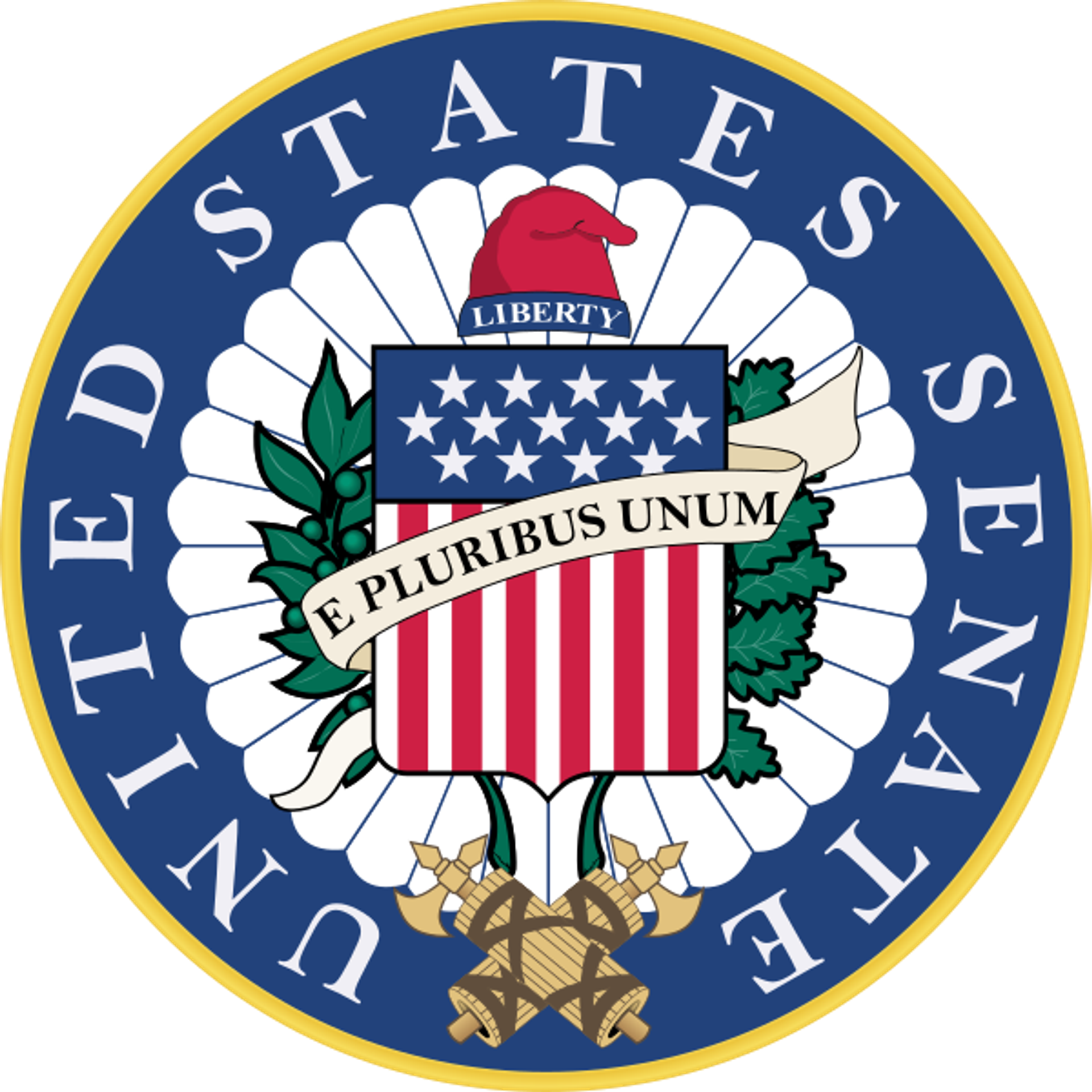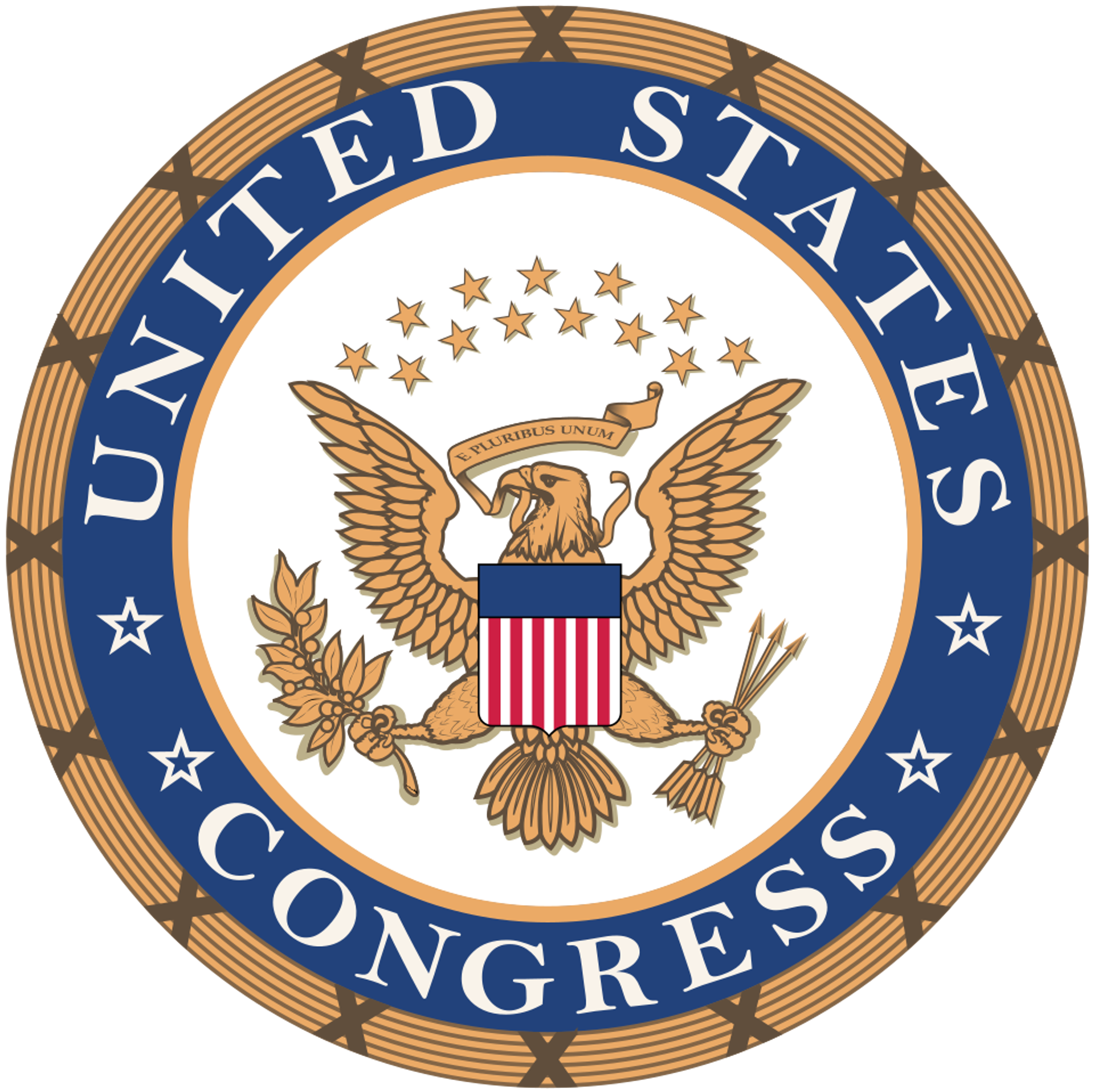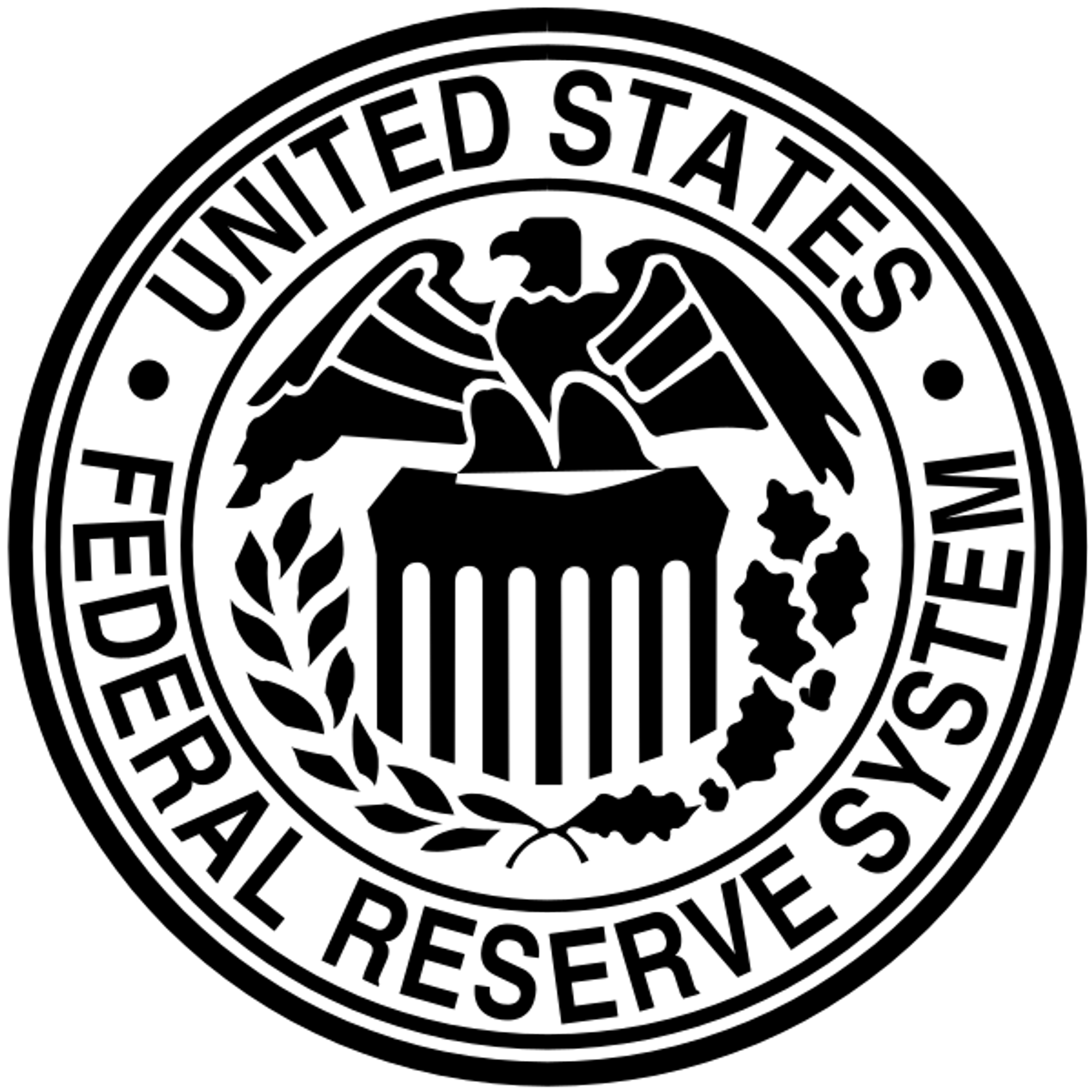
United States Senate
What do people say about United States Senate?
The perception of the United States Senate in this context is overwhelmingly negative, emphasizing dysfunction and partisan stalemate. The Senate refuses to accept the House's clean continuing resolution, with a filibuster-proof majority unreachable due to deep divisions primarily over ACA subsidies. This deadlock has resulted in one of the longest government shutdowns, highlighting the Senate's inability to effectively govern or compromise. While there is a rare nod to a single senator crossing party lines, this is portrayed as an exception rather than the norm. Overall, the Senate is seen as a body where ideological rigidity and political gamesmanship trump pragmatic governance, frustrating the American public and prolonging crisis.
Where are the conversations happening?
The discussions come from a single source, "Saturday Morning Update with Rick Fowler" on iTunes, which presents a critical view of the Senate’s role in the government shutdown. The tone is frustrated and somewhat cynical, emphasizing the partisan deadlock and the Senate’s refusal to accept the House's funding resolutions. The source highlights the Senate as a key player in maintaining the shutdown through filibuster tactics and partisan demands, portraying it as obstructionist and unwilling to prioritize governance over party loyalty. No positive or redeeming portrayals of the Senate as an institution are offered beyond isolated mentions of individual senators.
What are the topics trending around United States Senate?
Government shutdowns, filibuster and legislative gridlock, Affordable Care Act subsidies, bipartisan cooperation failures, budget and continuing resolutions, party polarization in Congress.
Why are these topics trending?
The trending topics stem from the ongoing government shutdown, with the Senate's refusal to pass clean funding bills without contentious policy riders such as ACA subsidy extensions. The filibuster's 60-vote threshold prevents resolution, highlighting legislative gridlock and partisan polarization. Debates over budget and continuing resolutions dominate discussions, and failure to cross party lines exacerbates the crisis. These trends directly impact the Senate's functionality and public perception as an ineffective, divided institution.
How is United States Senate being talked about?
Detailed breakdown of public sentiment and conversations about this entity.
Impact vs Sentiment
See how each entity's high impact percentage relates to their positive sentiment percentage from actual mentions.




